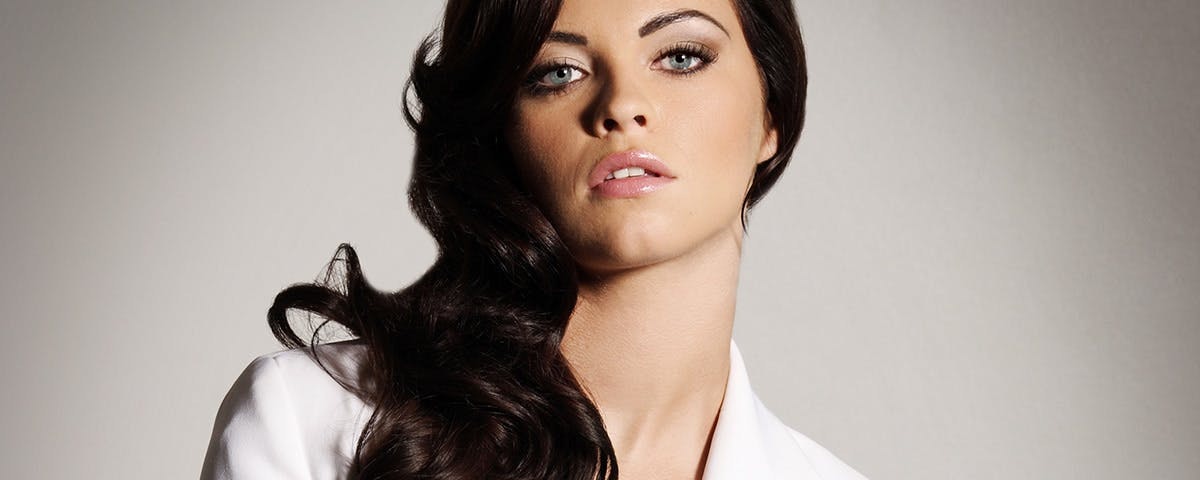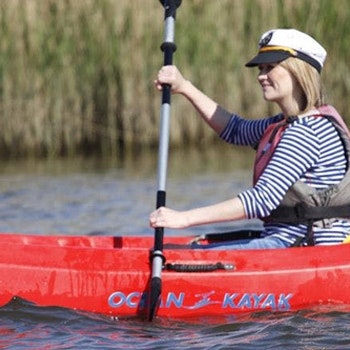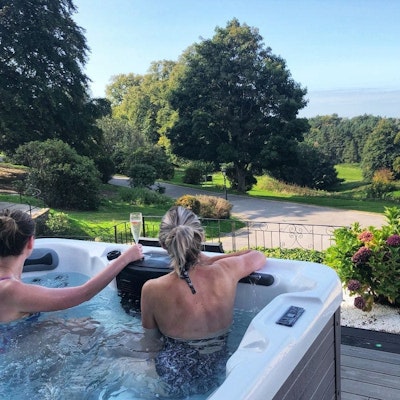
Types of modelling jobs
There are all sorts of different modelling jobs these days and it’s no longer reserved for size 0 catwalk models. There are a variety of different niches for both male and female models, with specialist agencies focusing on particular areas.
Top Models – These are the likes of Kendall Jenner and Gigi Hadid, who work for top fashion houses. It is fiercely competitive and normally limited to tall, slim physiques.
Commercial Models – High street and catalogue brands feature models in their advertising campaigns to promote the latest designs. The requirements are slightly more relaxed, as they opt for a more accessible look to the public.
Plus Size Models – As a way to break into the industry, curvaceous figures have successfully been campaigning for representation. Fuller physiques are hired by plus size brands and a growing number of mainstream designers. To become a model in this category you have to be a size 12 or over.
Fitness Models – Athletic and sports brands hire muscular female and male models to train and pose in their apparel to promote their brand. Toned abs, bulging biceps and strong thighs are required for this niche.
Body Part Models – People with particularly beautiful hands, legs or feet will succeed in body part modelling.
Petite Models – These are modelling roles for people under 5’6”, and will consist of working in the commercial industry for brands who cater for smaller frames.
Glamour Models – This niche requires models to wear lingerie (or be completely nude) and pose in a seductive, provocative way. Only accept these roles if you truly wish to work in the glamour industry.
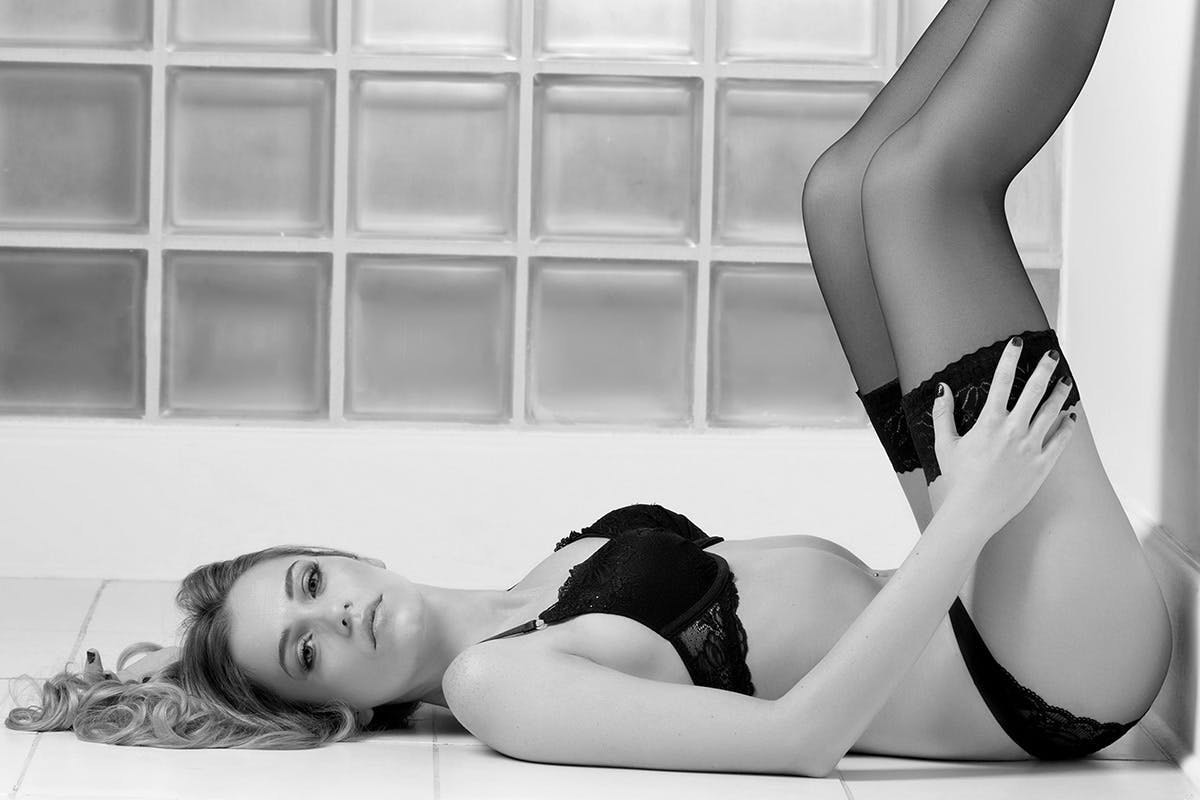
The average model salary
Whilst the top models can become millionaires, the majority earn much less, especially when they start out. According to UK Models, hourly rates can start at around £40, with daily rates ranging from a few hundred pounds to £1,000+ per day. An average model’s salary is around £40,000 per year for women and around £24,000 for men, according to UK Models. Of course, these figures depend on many variables, such as the model’s profile, and the type of work. Many models will start off by working for free to gain exposure with certain magazines or designers.
Steps to become a model
Making sure it’s right for you
Being a model takes a certain kind of person. According to most scouts, confidence is key when it comes to a successful modelling career. You also need to learn to deal with rejection, as it’s likely you’ll be rejected from more work than you are given.
You obviously have to learn how to perform in front of a camera, something that doesn’t come naturally to everyone; and you need to be comfortable in the type of shoots or catwalks you will do.
Practice makes perfect
Modelling is one of those skills where practice makes perfect. Your ability to pose or strut down a runway is what will make you stand out from the crowd and ultimately make a career out of it.
Try setting up a simple studio in your home—all you need is a tripod and a camera or phone, set the self-timer, and you can start to document your poses in front of the camera.
You can even try different locations, like a park, or a city backdrop. Invite a friend to come with you and have them help you take photos. You can review all the pictures taken to see the poses that work best for you and how you can improve.
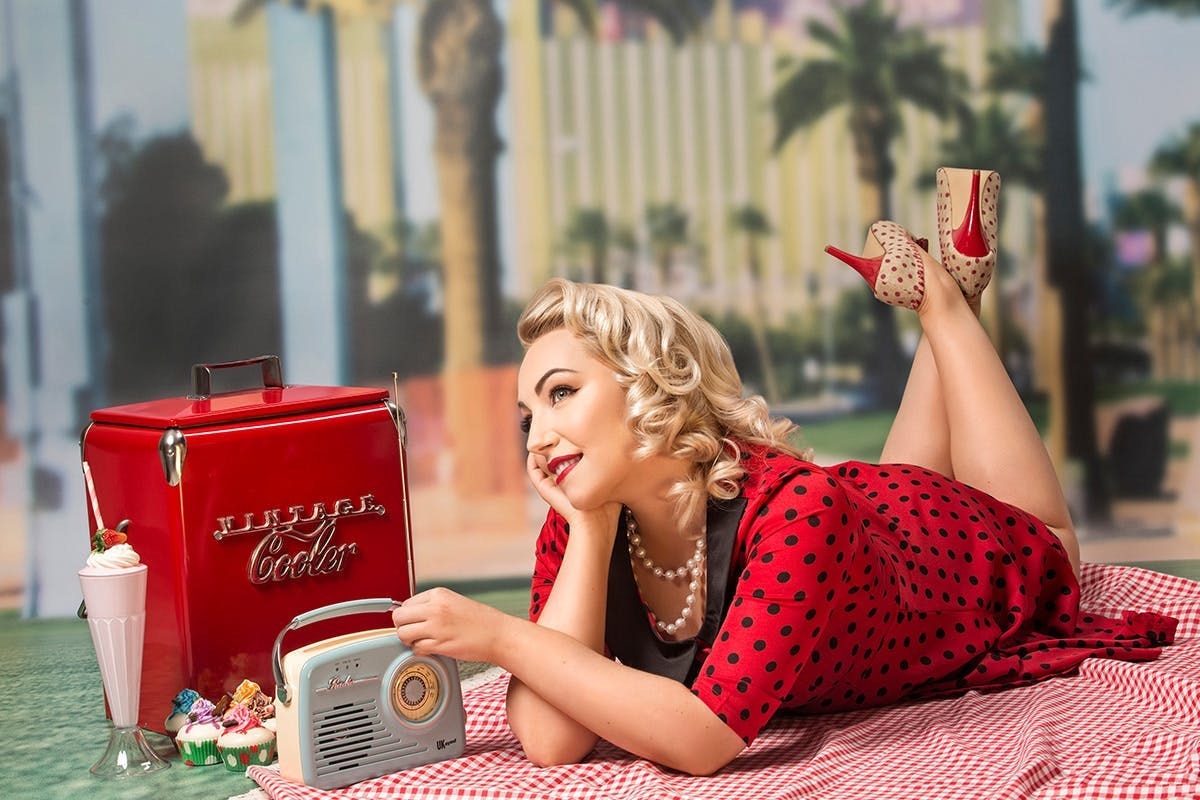
Build a portfolio
Having a portfolio is an absolute must if you want to work in the modelling industry as it’s how you showcase your talent to potential clients. It’s how many will decide whether to hire you or not, so make sure to put together a selection of high-quality professional photos and organise them in a way that displays your abilities and range. A website can make it easier for potential clients to find you and see your work.
Find an agent
You can try and get clients on your own, but most models prefer to work through a modelling agency. An agent will do all the hard work of picking the right images for your portfolio that clients will respond to and will have essential knowledge of the industry.
While it’s preferable to present professional pictures to an agency, if you don’t have any and the agency likes what they see, they will usually pay for you to visit a professional photographer. Just remember to do your research on the agency beforehand to make sure they have a good reputation.
Promote yourself
In this day and age, having an online presence is a no brainer – it’s a fantastic way of increasing your network, getting spotted and getting work. Social media is a great and reasonably simple way of doing this, as you can create specific accounts for your modelling portfolio and engage with potential clients. Why not tag a few modelling agencies in your posts and see where it leads?
It's also essential to have a website where you can show off your photos and profile in more detail. Make sure to link it to your social media accounts to increase your exposure.

Modelling career tips
Check with your agent before signing anything
A client may ask you to sign a contract or some consent forms. Before you sign, be sure to ask for a copy and share it with your agent. You don’t want to sign a form that gives a photographer or client more power over your actions or images than you would like them to have, such as not being able to work for another client, or not having control over what happens to your images.
Watch out for scams
Whilst most scouts are legitimate, as with any industry, you need to make sure that you’re aware of the risks involved – one of which is that you could be scammed. Here are a few tips to avoid a modelling scam:
- First of all, make sure you research the company and look at their online reviews
- Never pay an agency up front
- Don’t deal with modelling programmes that ask for payments in cash, cryptocurrency, Western Union etc
- Don’t deal with an agency that makes you use its staff for your photoshoots or auditions - you are free to use your own make-up artist or photographer
- Try and get references or feedback from models who have actually worked with that agency. Feel free to contact them online and see if they have actually worked there, and not just had their pictures stolen
- Make sure you get everything in writing - sadly you can’t always trust word of mouth as a promise!

FAQs
How tall do I have to be to be a model?
The standard height requirement for a top female fashion model is usually around 5’9” to 6 ft. For men it’s normally between 5’11” to 6’3”.
However, the height requirements for commercial modelling are not as strict, and vary depending on what you are advertising. The average height companies are looking for is between 5'6" to 5'11" in female categories, and between 5'9" to 6'2" in male categories, but many brands these days will work with shorter models. For other types of modelling the height restrictions can be even more lenient or non-existent.
Do models have to be pretty?
There’s not a set look you need to have, and you don’t need to have that classically beautiful look, but you will need to stand out. Most cosmetic brands look for a symmetrical face with even features.
It’s important that you pay special attention to your skin, so models tend to drink a lot of water and consume a heathy diet to keep their skin hydrated and clear.
It’s also important you know how to express yourself, and deliver emotions via facial expressions, so practice by posing in a mirror.
Confidence is also vital to succeed in any type of modelling, as in a lot of modelling the focus is on you, so feel free to show off your personality.
Are there any age restrictions?
There are modelling opportunities for people of all ages, including child models under 12 and mature models over 60. For fashion modelling, the typical age range tends to be between 16 and 21. The age requirements for most other types of modelling depend largely on the needs of the client for a campaign or project.
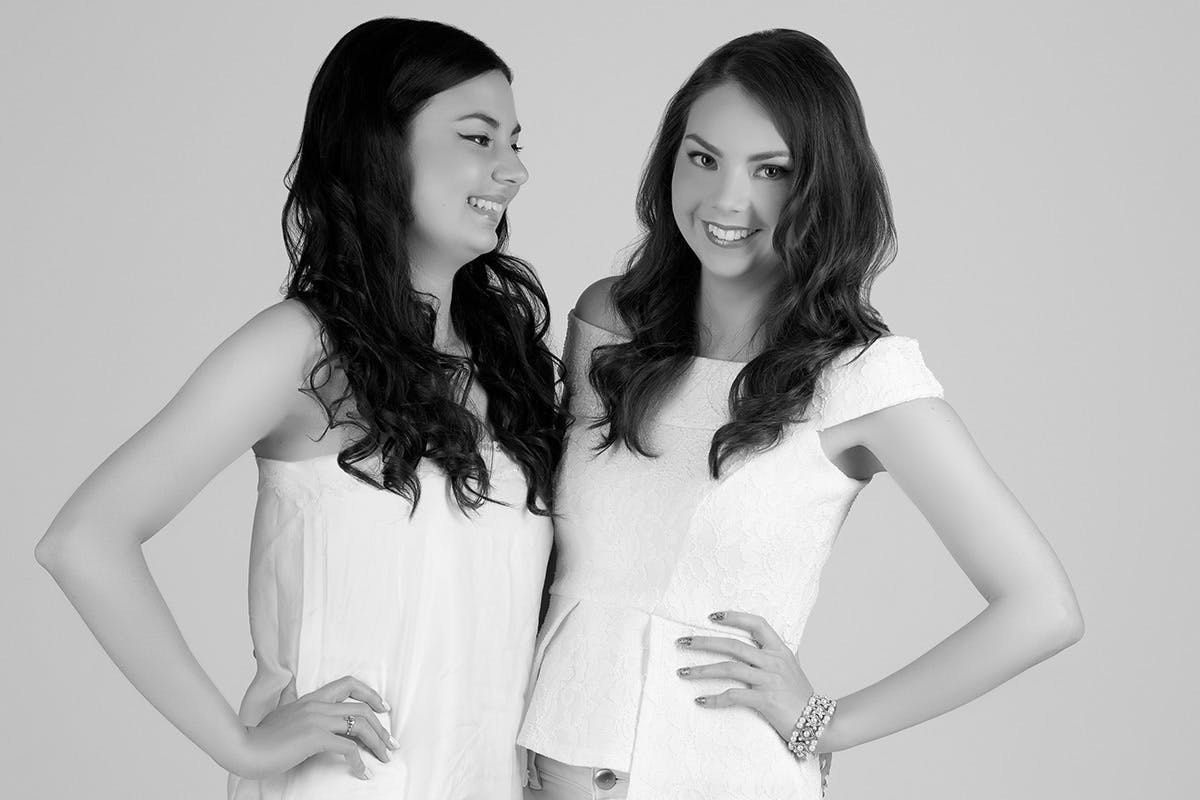
Summary
Modelling is an extremely competitive industry where you’ll need to keep your wits about you; watch out for any scams, make sure you do your research, and practice your craft. You’ll have to eat well and keep yourself looking your best, but if you can take some rejection and work hard you could be in for a fantastic career doing something you love.
